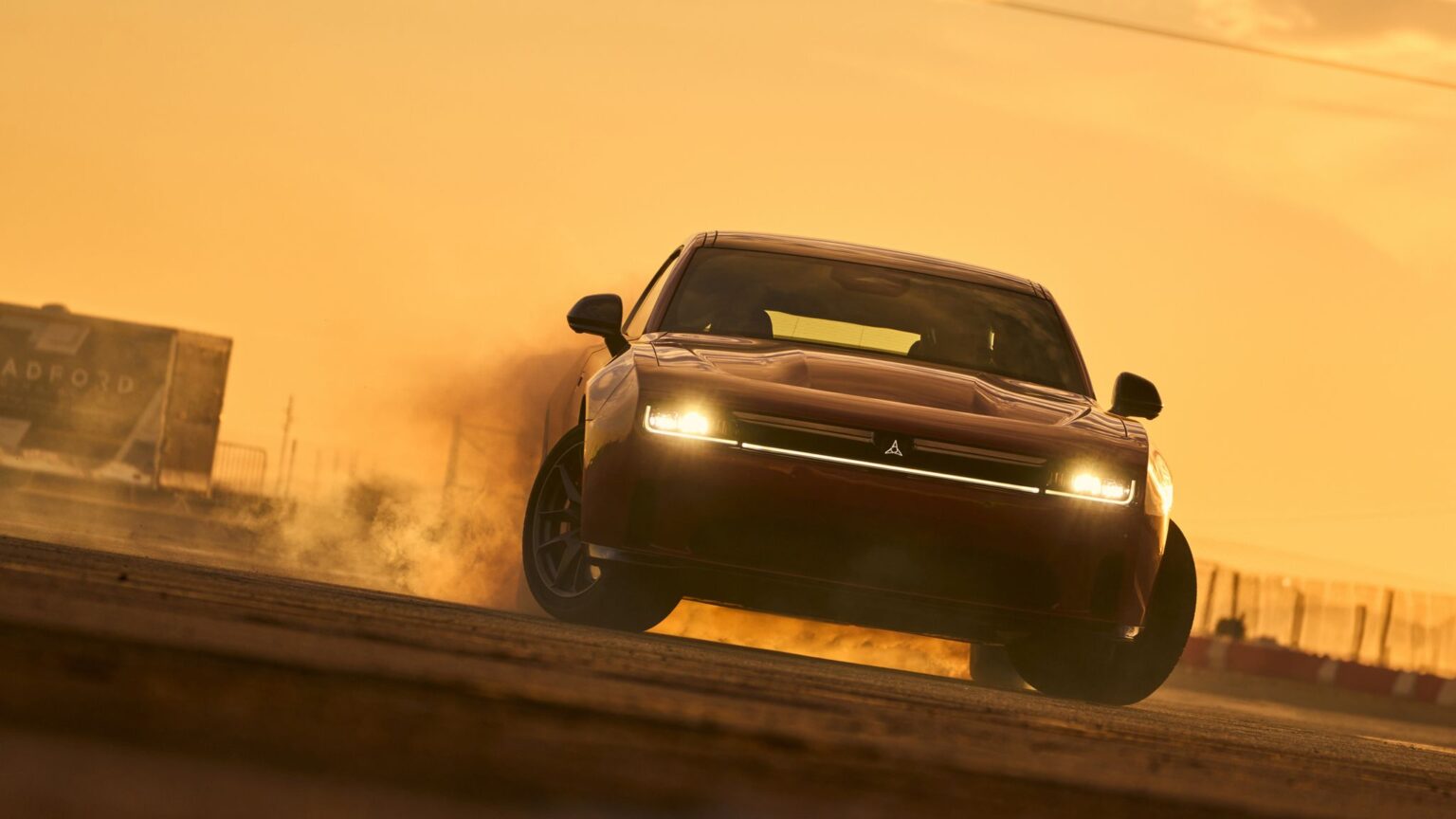Stellantis recently released a plant overview video of its recently updated Windsor facility, in Ontario, Canada. In case you were unaware, the Chrysler Pacifica and Chrysler Voyager minivans are already built there. The plant was recently overhauled to build new electric vehicles (EVs) as well as plug-in hybrids (PHEV) based on the conglomerate’s STLA Large architecture, which happens to underpin the recently released, all-electric, Dodge Charger Daytona.
What truly stands out about the video is how significant and historical the Windsor assembly plant is, both for the Chrysler and Dodge nameplates, but also the U.S. auto industry as a whole, to say nothing of Canada’s long-lasting cooperation in this operation. Have a look below at how Dodge builds these things alongside other models still powered by internal combustion engines (ICEs).
Chrysler And Dodge Have Been Building Cars In Windsor Since 1928
Windsor has had a historical impact on Chrysler, Dodge, and even Plymouth’s rich history of building cars aimed at the U.S. market, but also overseas. As early as 1928, the plant pumped out Plymouth two- and four-door sedans, Dodge hardtops, DeSoto convertibles, Chrysler station wagons, and club coupes. The Plymouth Valiant was also built there from 1966 to 1975. The Chrysler Cordoba and Dodge Charger SE took over not long after, in 1981.
But it was the arrival of the Chrysler minivan, in the early 1980s, that really allowed the Windsor plant to stand out as an important player in the U.S. auto industry. Throughout the 1980s, 1990s, and 2000s, Windsor produced Dodge, Chrysler, and Plymouth minivans up until this day. Now, these minivans are built alongside Dodge’s all-new, all-electric muscle car, a first for the carmaker after the demise of the last-generation Dodge Charger sedan and Challenger coupe. Those cars, by the way, were also built in Canada at the Stellantis Brampton assembly plant.
Stellantis Will Build Both, ICEs And EVs, Here
The beauty of this assembly line is how Stellantis was able to retool it so it can build both EVs and ICEs, preserving some of its old-school charm in the process. But it’s also in tune with the times from a technological standpoint. Batteries are pumped out of Stellantis’ all-new NextStar Energy plant next door, also located in Windsor, Ontario. It’s the result of a joint venture between Stellantis and LG in an attempt to reinforce the North American auto industry’s self-provided supply chains.
As for the future of EVs at Stellantis, well, from reading the initial reviews of the Charger Daytona, it seems like the car is off to a good start. It’ll be interesting to see Dodge have more fun with this model through the addition of more powerful versions and even possibly a widebody edition in the future.
Read the full article here


